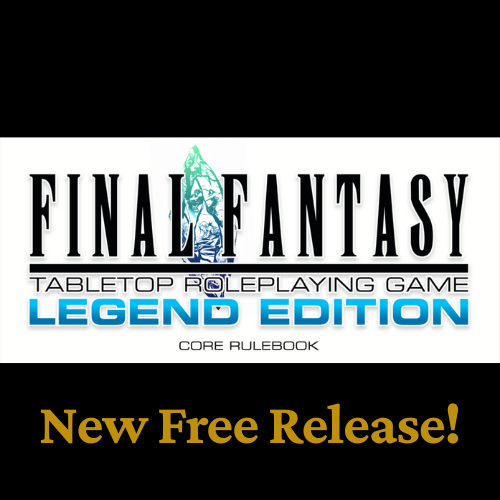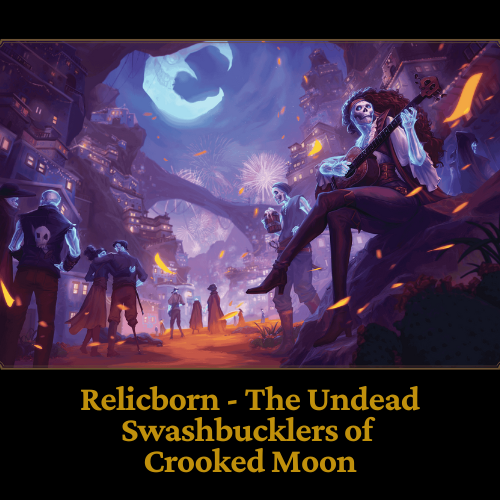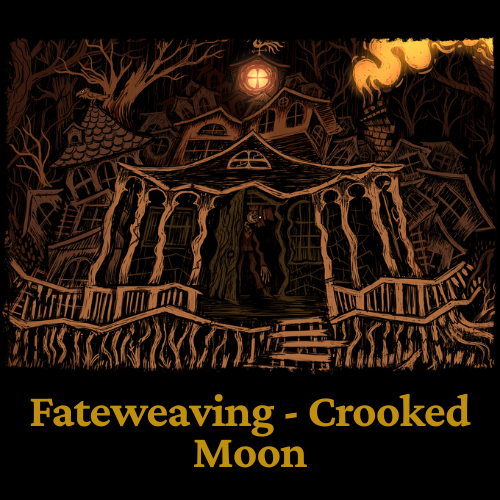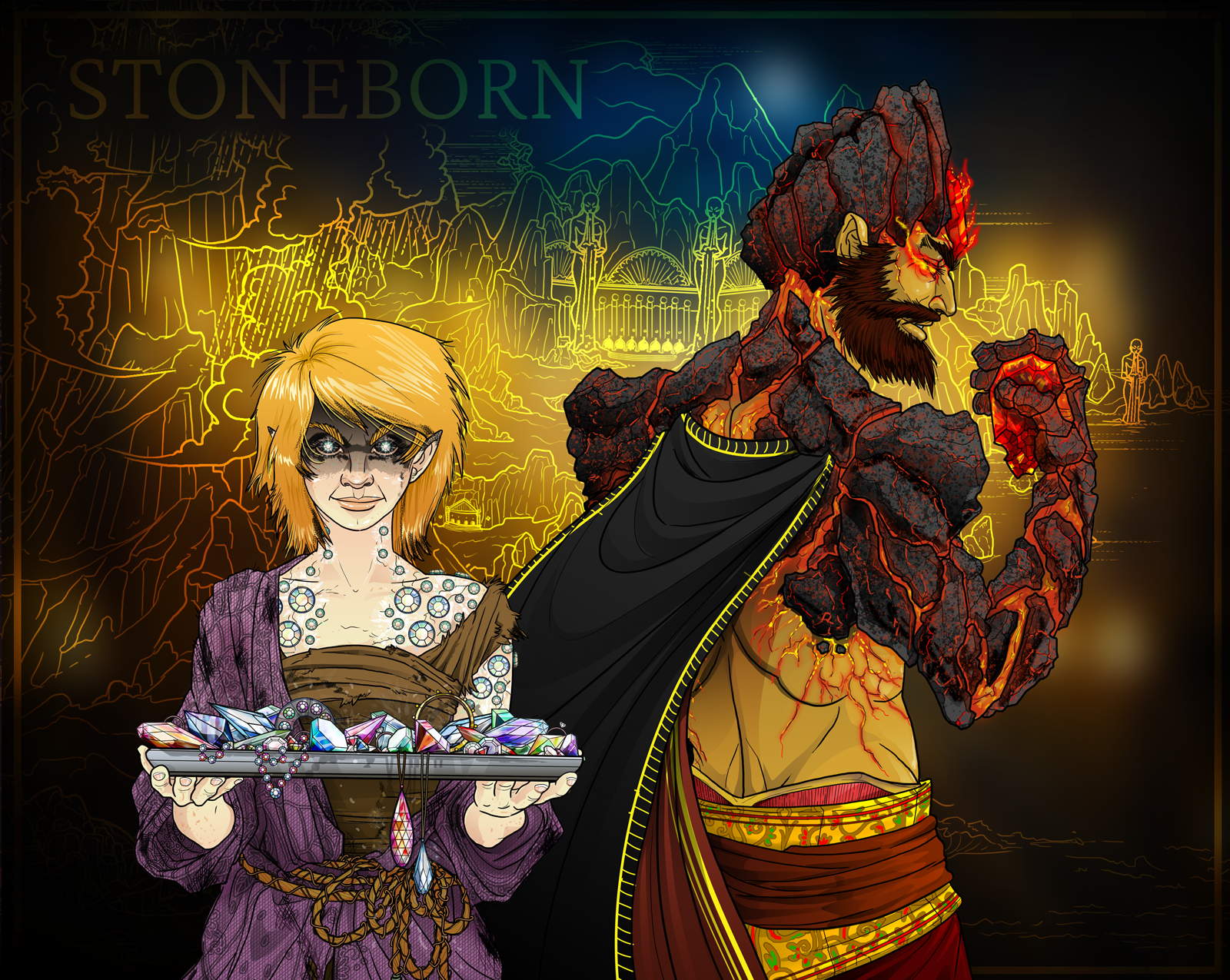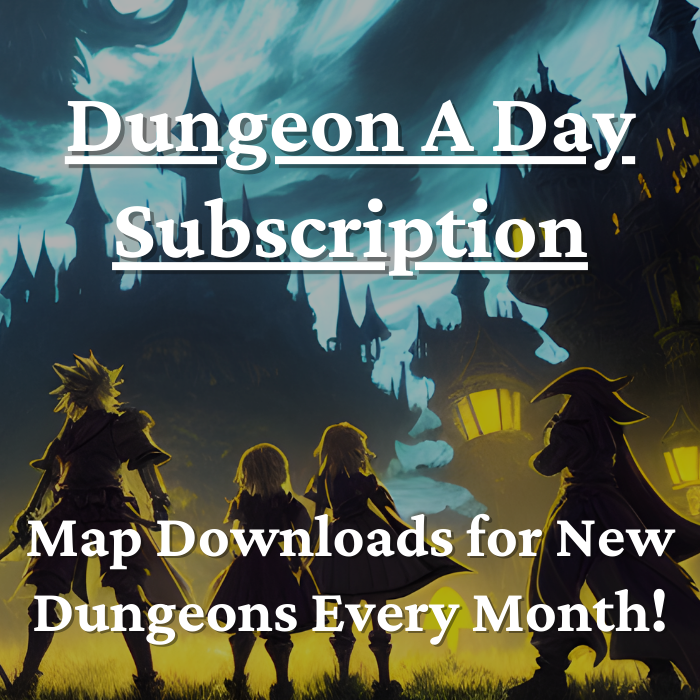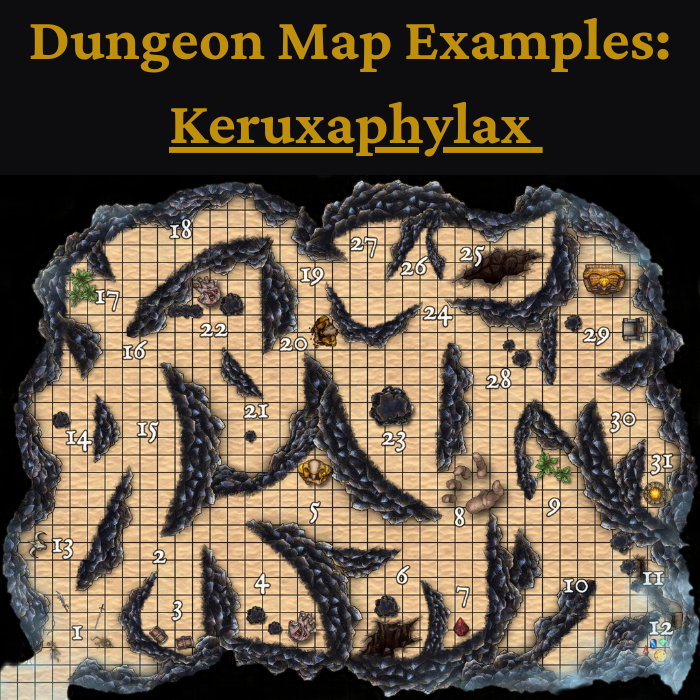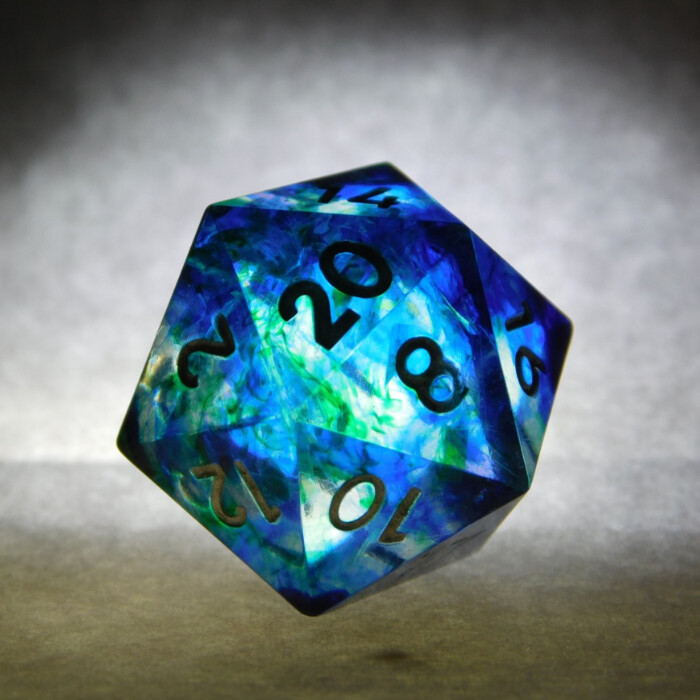Chill Touch 5e - D&D 5th Edition Spell Book
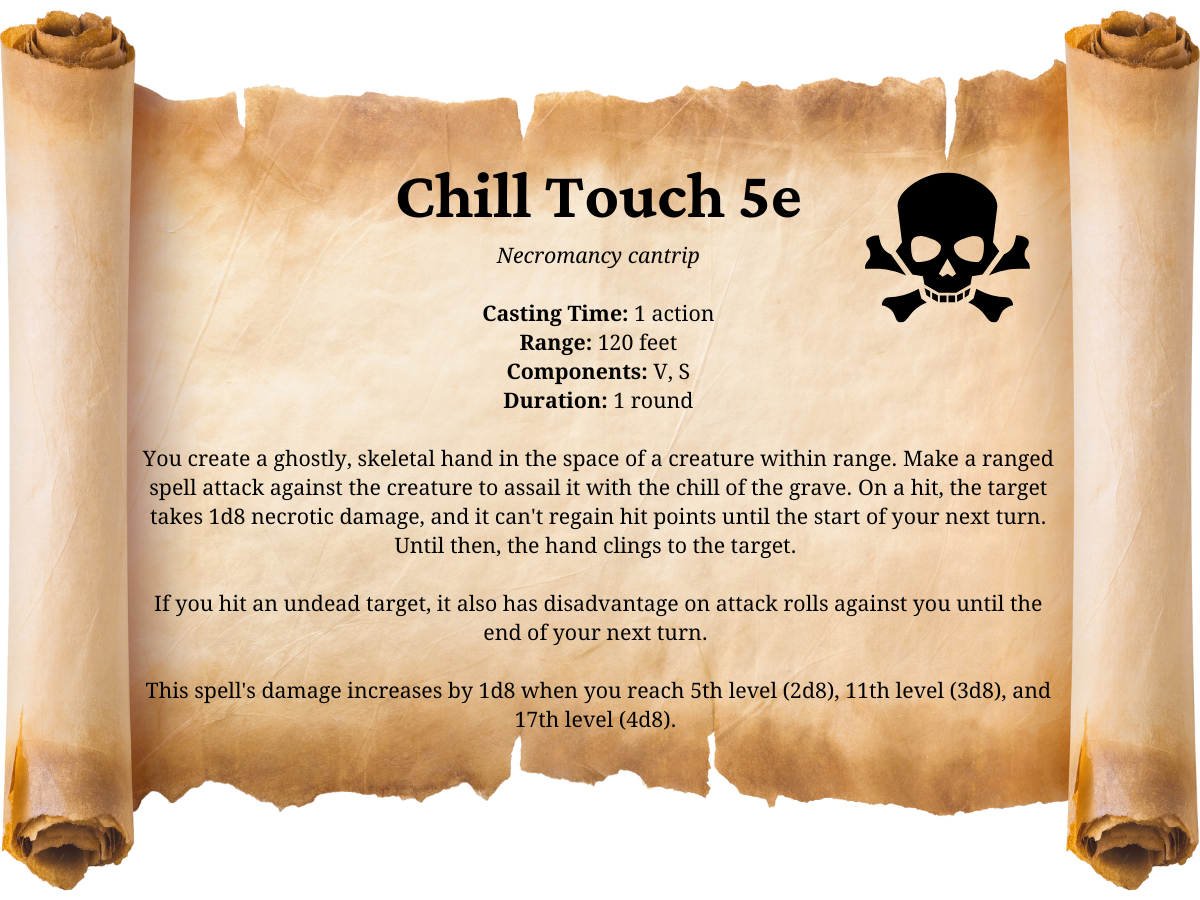
Chill Touch 5e Spell Effects
Necromancy cantrip
Casting Time: 1 action
Range: 120 feet
Components: V, S
Duration: 1 round
You create a ghostly, skeletal hand in the space of a creature within range. Make a ranged spell attack against the creature to assail it with the chill of the grave. On a hit, the target takes 1d8 necrotic damage, and it can't regain hit points until the start of your next turn. Until then, the hand clings to the target.
If you hit an undead target, it also has disadvantage on attack rolls against you until the end of your next turn.
This spell's damage increases by 1d8 when you reach 5th level (2d8), 11th level (3d8), and 17th level (4d8).
All information on Chill Touch 5e comes from the DnD Player's Handbook.
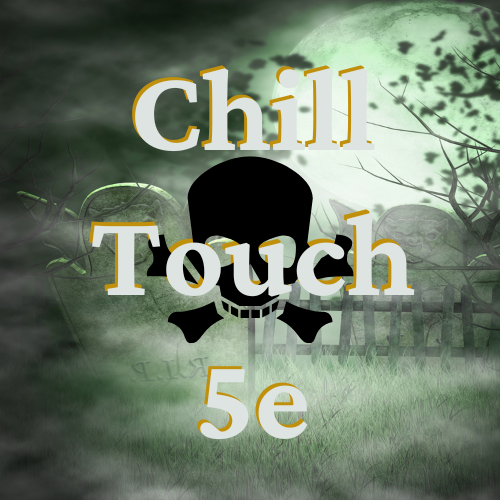
Classes That Can Cast Chill Touch 5e
The following classes from the player's handbook can cast chill touch 5e:
- Sorcerer
- Warlock
- Wizard
Since chill touch is a cantrip and doesn't have a spell level, it isn't available to any of the cleric domains.
Also, I know what you're thinking: "I thought this spell was called 'chill touch'?" So, why's it deal necrotic damage? Good question. Like you, I also feel that this spell should be called "Grave Touch," or "Skeletal Hand," or something. But, whatever, I guess we can't always get what we want. Chill Touch deals necrotic damage, not cold damage, for some reason. Who knows why.
Chill Touch Spell Effectiveness
| Damage | 1st Level | 5th Level | 11th Level | 17th Level |
|---|---|---|---|---|
| Damage Dice | 1d8 | 2d8 | 3d8 | 4d8 |
| Average Damage | 4.5 | 9 | 13.5 | 18 |
| Average Fighter DPR | 11 | 19 | 30.5 | 41 |
Spell Damage
Only roughly half of the value from chill touch comes from its damage - the other half comes from preventing healing, and in some cases, giving disadvantage on attack rolls (to undead). The numbers presented on this table are compared to a fighter's average damage per round, which is calculated before factoring in hit chance. These numbers are rough estimations, intended to provide only an idea of chill touch's overall value as compared to the damage from another class.
Chill Touch 5e Usefulness
Chill Touch, like many spells in DnD, can be amazing when cast in the right situation. Or, it can be highly mediocre when cast in a suboptimal situation. To get the most from this interesting cantrip, try using chill touch 5e in the following circumstances.
- If you're facing an enemy who is getting a lot of healing sent their way, be sure to utilize Chill Touch 5e. Since Chill Touch prevents healing on the target for 1-round, it should absolutely be spammed on enemies who rely on incoming heals.
- Cast Chill Touch 5e when you're out of spell slots. This advice is probably obvious, as the damage/ utility from chill touch is certainly less than even 1st-level spells, but it is an important way to optimize its usage.
- Use Chill Touch on enemies with low AC. Since a "ranged spell attack" goes against the target's AC to hit, in place of a saving throw, targets like other spell casters are actually relatively easy targets to hit, with chill touch 5e.
- Finally, chill touch should certainly be prioritized against enemy undead who deal physical damage (not spell casters). Though the disadvantage to undead hit chance from a successful chill touch only applies to attacks they make against you - and not your allies - it's still a useful part of the spell to keep in mind.
Necrotic Damage Resistances, Immunities, and Vulnerabilities
When using Chill Touch 5e, it's worth knowing ahead of time that in the DnD Monster Manual, there are 11 monsters with necrotic damage resistance, 11 monsters with necrotic damage immunity, and 0 monsters with necrotic damage vulnerability.
Dungeon masters may always decide to give enemies you face off against necrotic damage vulnerabilities, but in my experience, most DMs aren't so generous. There are certainly other spell damage types that have more monsters with resistance and immunities (acid, fire, and lightning for example - consider spells like acid splash, burning hands, and call lightning), though the 22 monsters that reduce necrotic damage are worth looking out for.
Combine Chill Touch with the Following Spells
Chill touch is really not an amazing spell in the early game, but it's one of those spells that grows in value the further you get into your RPG campaign. In my experience, the further you go into a campaign, some of the more difficult fights you'll face often come from battling enemy healers. Since chill touch prevents healing for 1-round entirely - and there is no limit to how much healing it prevents - it can be truly amazing past 11th-level or so, when healing spells get really powerful.
Try combining chill touch 5e with the following spells to get the most out of this cantrip, especially in later levels.
- Bless: normally, bless doesn't benefit spell casters very much, since hit chance is usually determined by enemy saving throws. However, since chill touch is a ranged spell attack, it technically counts as an "attack roll," meaning the +1d4 bonus from bless actually does apply.
- Haste: characters affected by haste gain an extra action every round, meaning that haste pretty much meshes well with every spell in the game. Though Chill Touch 5e doesn't exactly do a ton of damage, if you're facing one or more enemy healers, you could cast chill touch on multiple enemies per round, effectively preventing multiple targets from being healed. Though chill touch is a mere cantrip, this simple combination could really make life difficult for an enemy healer.
- Hellish Rebuke: this spell doesn't exactly multiply the effects from chill touch or anything. Instead, it's really just here to remind you that if your target's resistant or immune to necrotic damage, to - for the love of god - cast a spell with a different type of damage.
Chill Touch 5e Counters
If I was a healer, facing an enemy with chill touch, I would certainly make the time to silence them, use charm person, or cast cause fear on them. Really, anything to interrupt them from continually preventing my allies from receiving healing effects would be worthwhile effort.
Additionally though, since chill touch 5e uses AC to hit, it's also worth casting some of the following spells to lower chill touch's hit chance:
- Bane: as the opposite of bless, you can use bane to lower a target's (3-targets', in fact) ranged spell attack by 1d4. Though bane doesn't outright prevent a spell caster from using chill touch 5e, it does make hitting with the spell more difficult.
- Mage Armor: similarly, mage armor effectively raises AC of the target (in some cases), making it harder for them to be hit with spells like chill touch.
Chill Touch-Type Spells in Eternity TTRPG
There are so many TTRPGs out there that many players just go with D&D. 5e is the most well-known tabletop RPG in the world, it's a great system, and finding a group to game with is a piece of cake.
If you've ever wondered about finding a game that might better suit your gaming tastes though, let me shamelessly self-promote Eternity TTRPG for a second. In Eternity TTRPG, players can share the game master role, everyone gets to play a character (including GMs), and the game features really awesome tactical combat.
Below, I've included an example spell from Eternity TTRPG that's similar to Chill Touch 5e as a very short example you can use to compare how each game works.
Revenant/ Witch - Core Class Spell
Hex (Magic): weapon Range, -3Strike Bonus vs. Dodge or 4Range, -3Faith vs. Will. If this spell hits, you prevent the next 2HP of healing that the target would otherwise have received (can stack without limit). The target still receives any applicable Fatigue that they would otherwise have received from the prevented healing effect.
(Double-Hit): also deals 1damage.
- (Grimly Fated) Not only is the next 2HP of healing prevented, but it instead causes the target to instead take equivalent damage.
- (Of the Dread Vale) If this spell hits, the target also has -3Resilience, -3Dodge, and -3Will.
- (Witch's Coven) Up to 3 enemies. *Double-Hit with this critical only allows one of the attacks to also deal 1damage.
Similar to chill touch 5e, Hex prevents healing on affected targets. Though there is a cap to how much healing can be prevented, and hex does not deal damage (unless the attack roll is very high), it's probably the closest example of a comparable spell within Eternity TTRPG. Revenant/ witch happens to be one of my favorite classes in the game (though revenant is an expansion class) as it has many unique debuff-like effects available in its spell/ ability kit.
Curious to learn more about the Eternity TTRPG Game System? Check out the
Eternity TTRPG Core Game PDF!
Dice, Dungeons, Games & More - Eternity TTRPG
Share This Article

Author - Jacob Tegtman
Dear reader, I hope you enjoyed this article. Tabletop gaming has been a passion of mine since I was 6 years old. I've played just about every game from Dungeons and Dragons to video games like Final Fantasy. These games have inspired me, made me laugh, made me cry, and brought me endless hours of enjoyment.
I started Eternity TTRPG - and the indie tabletop game that goes along with it (Eternity Shop) - to share my love of gaming with others. I believe that in our technology-driven age, tabletop games help bring a sense of magic and community back into our world.
If you love the site, please share it with others! I have lots of gaming-related material for you to peruse and use in your own gaming sessions. If you have any questions about the site or want to contribute, just send me a message using the "Contact" page, which you can find in the site's footer.
